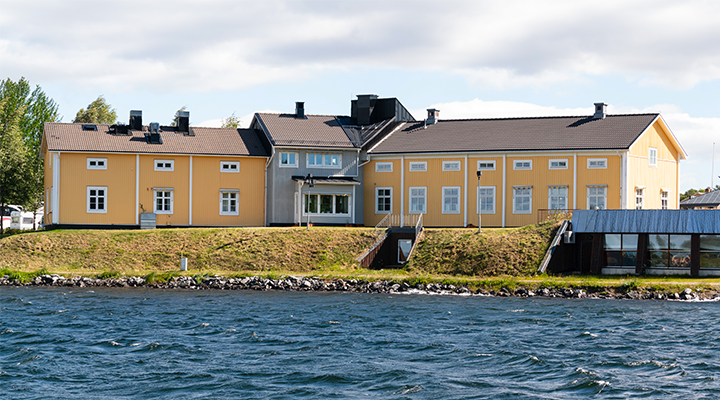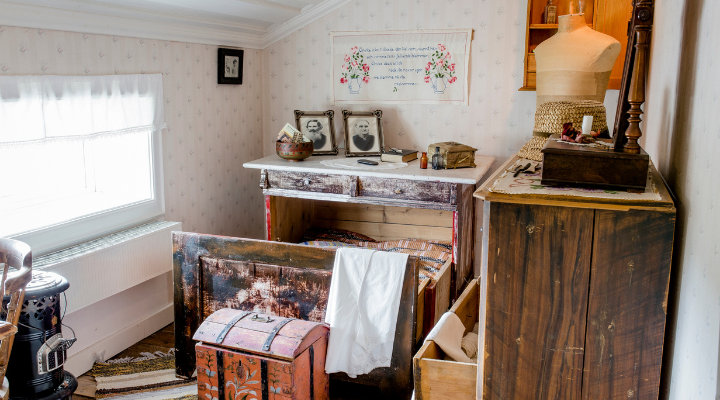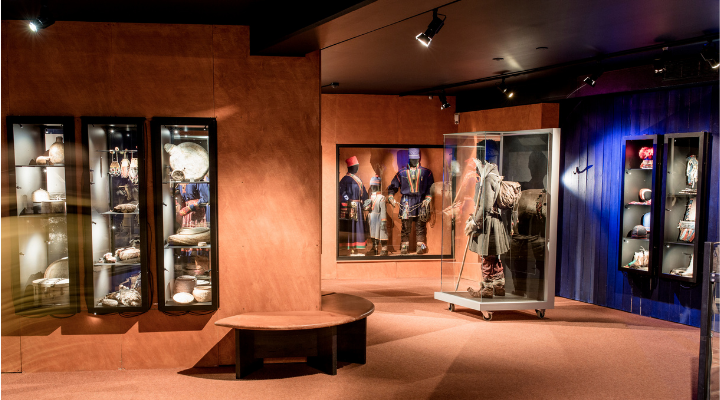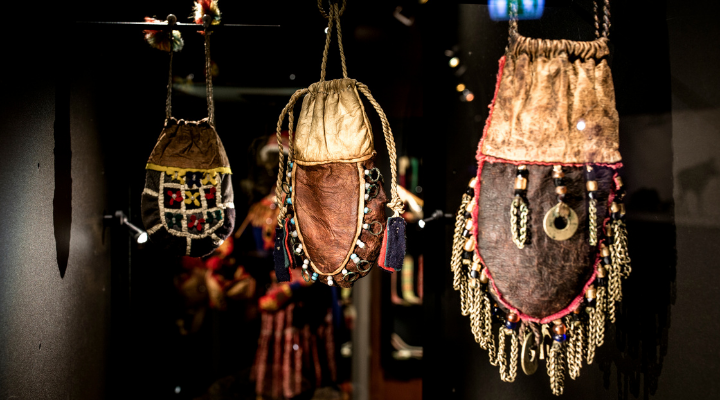Silvermuseet’s history began in the early 1920s when Einar Wallquist, a young provincial doctor who had just graduated, arrived to serve in Arjeplog. He was soon captivated by the region and its people, and began collecting objects to document Arjeplog’s rich cultural history.

Wallquist worked as a doctor for nearly forty years, and each year his collection of objects grew larger. However, it wasn’t until after his retirement that his plans for a museum began to take shape.
The museum’s location became the old “Kronskolan,” previously an internment school for the children of nomadic Sami people. The building was deteriorating and slated for demolition to make way for a new road through the Arjeplog community. A request was made to the National Heritage Board to relocate and renovate the building into a museum, which was granted.

Dr. Wallquist furnished the museum with environments resembling smallholder homes and objects familiar to the people of Arjeplog.
A couple of years after his retirement in 1965, Einar Wallquist was able to open his Silver Museum in the former school building. He remained the museum’s director until the end of 1985, passing away at nearly 90 years of age.

Over the 50 years since its inception, the old schoolhouse has become too small. New buildings have been added both above and below ground.
Today, there are seven permanent exhibitions at the Silver Museum, including Mujttalus (meaning “from memory” in Sami), From Nature, and The Doctor’s House. The museum also boasts the world’s largest collection of Sami silver.
“It must never stand still, something must always happen.” – Dr. Einar Wallquist

(Source: www.silvermuseet.se)